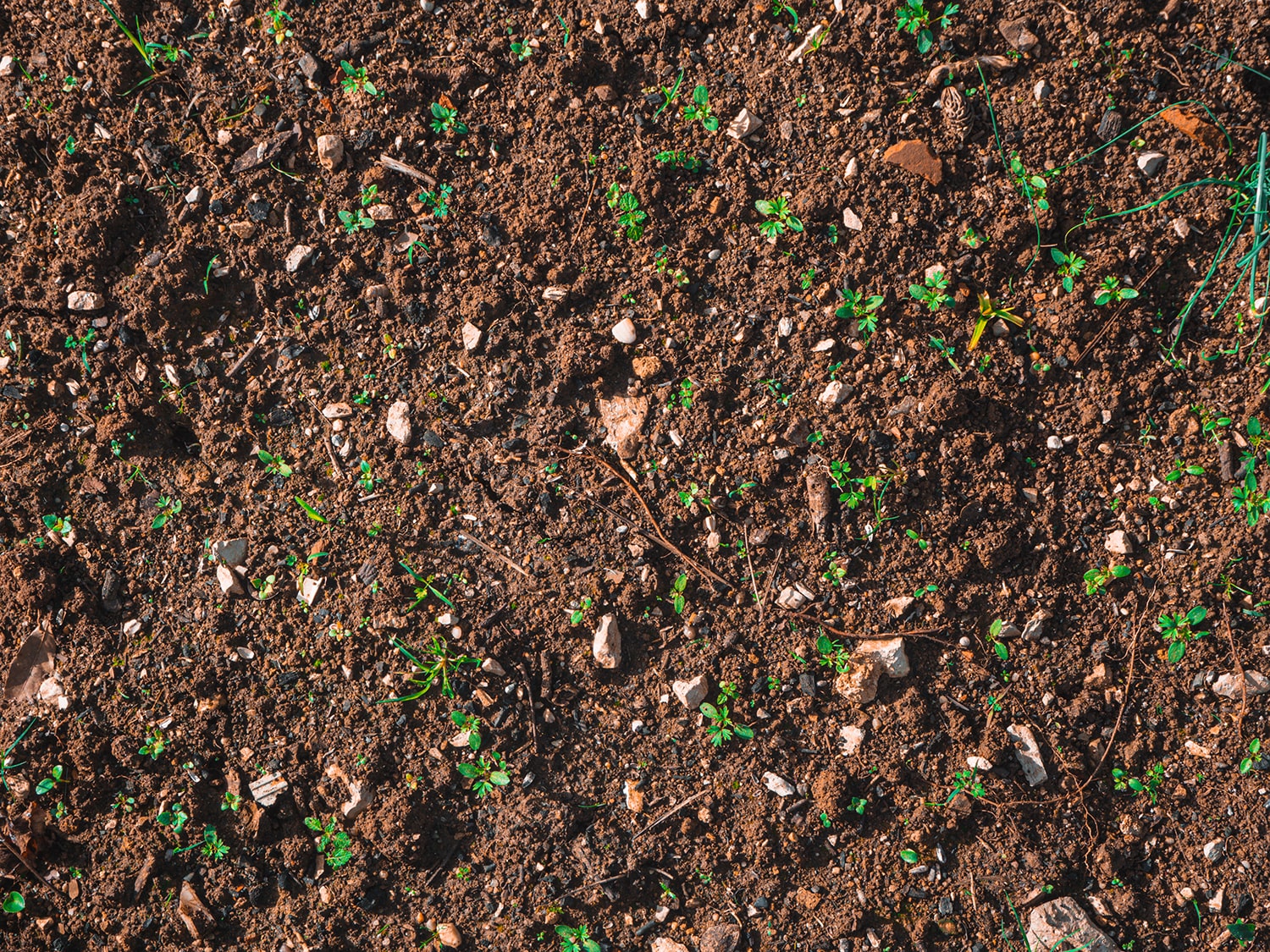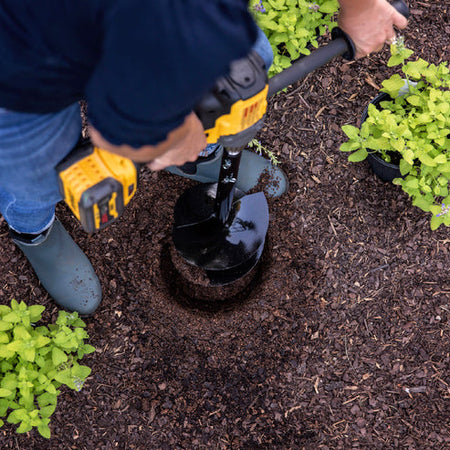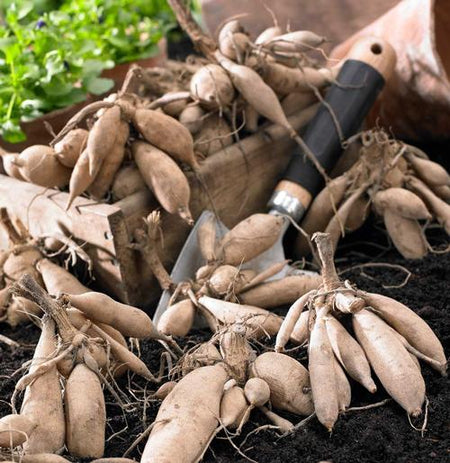While the weather is getting colder, there is still plenty of time to implement fall flower garden ideas and get your green space ready to thrive in the spring. Read on to learn how to prepare your garden for fall and winter, including soil amendments and what to plant.
Prep the Lawn and Garden
Good fall garden cleanup starts with removing any annuals that won’t come back in the spring, as well as those plants that have died. Spend a weekend raking leaves or hire a landscaping service to do this work for you. When the yard and garden beds are clear of debris, cut back any spent perennials and dig up the plants that didn't survive. Then, you can fill any holes with plants that will thrive in fall.
Clean Tools and Buy Supplies
Another aspect of cleaning up the garden is washing your equipment so that it is ready to serve you in the spring. Rinse off dirt with a hose, then use a steel wool scouring pad to remove any rust that may have developed. Cleanse tools using hot water and dish soap, then dry everything thoroughly so they don’t form rust while in storage.
As you're washing the equipment, take note of any gear that needs replacing. You might find good deals on gardening supplies and plants at end-of-the-season sales. By buying in the fall, you can start the next year with everything you need to plant a great garden. One tool you might consider adding to your arsenal is an augur. This piece of equipment can quickly and easily create holes for planting bulbs, transplanting flowers, turning compost and other garden chores.
Get Inspired by Autumn Garden Ideas
To enjoy a successful autumn garden, you need to choose plants that are well suited to your local climate. A fall flower bed in Texas will look quite different from one in Minnesota. Browse what's on sale at garden centers near you for location-specific fall gardening tips and to get a good idea of plants that will do well in your region.
Cool-season vegetables — such as lettuces, radishes and other greens — may be planted in a kitchen garden. Hardy flowers such as mums, asters, astilbe and coreopsis typically survive the colder months, as can shrubs including lilac and butterfly bush. Remember that fall is a great time to plant spring-flowering bulbs for a colorful carpet of daffodils, hyacinths, or tulips when the ground thaws.
Plant your fall garden on a day that's cool but not cold, and water plants thoroughly after you've finished. Continue to water plants regularly, making sure they receive 1 inch of water a week until the ground freezes.
Edge and Mulch Garden Beds
Two techniques can really make a garden bed look professional: edging and mulch. As the grass grows over the summer, the clean perimeter of your garden can become messy. Use an edger tool to redefine those sharp lines and make your patch look tidy. Then, replenish mulch around each plant. Mulch helps insulate plant roots from winter frosts and adds nutrients as it decomposes.
Refresh the Soil and Grass
If your yard is looking ragged after the hot summer, reseed so you can enjoy a lush lawn in the spring. In most cases, you can sow grass seed directly into the dirt. Along with grass seed, you may need to apply fertilizer to your lawn and garden beds. Use an all-purpose fertilizer or get a soil test done through a local extension program so you can supply the right nutrients and minerals to your property.
This fall gardening guide can help you take care of the garden so you can enjoy a colorful seasonal display and reduce the amount of work it takes to rejuvenate the green space in spring.







